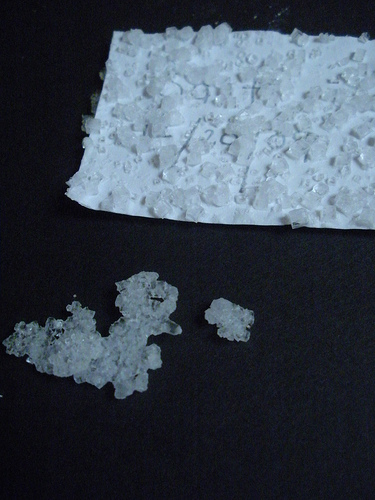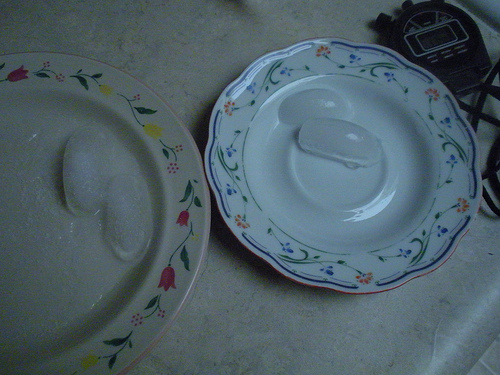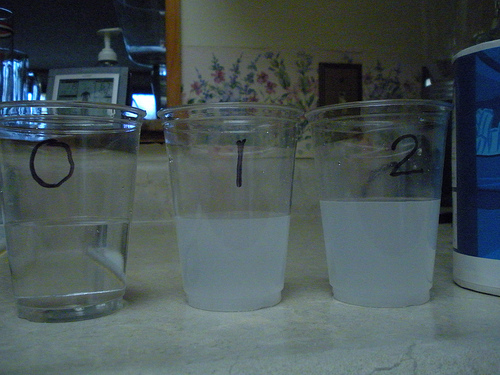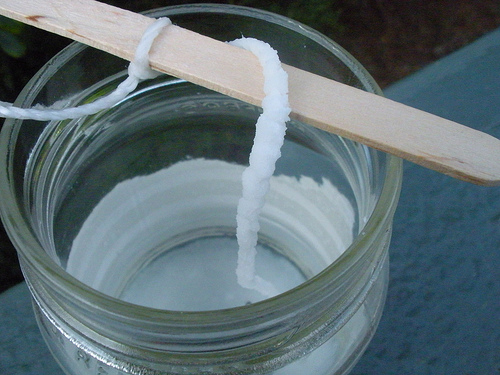So now that we know that one of the trees in our row of sweet gums trees is actually a maple, we have a subject for this week’s maple tree challenge.
We found some information about maples online:
Maple tree identification video from About.com
How to Tap a Maple Tree
We are holding off on the exact identification until it totally leafs out. We think it may be a silver maple which is not native to our area, but we know that we did purchase it from a nursery over a decade ago. The whole situation with this tree makes me wonder if I will ever know my own backyard.
It humbles me.
We always enjoy the tree no matter what its exact species is anyway and my husband reminded me of how much I enjoy this particular tree with its beautifully shaped limbs and its pretty leaves. It also gives us much needed shade on the back of our house when summer comes.
I already shared a photo of the helicopter seeds but here is another one for this study. We did learn from our research that these are officially called samaras.
My son and I went out and really truly looked at this tree one afternoon this past week. We observed a few new things. First of all, it is ready to leaf out and the sweet gums are still in buds. Next, the samaras are not on every branch. We have looked in our field guide and then online, finding no information about why that is so.
We remember now that the leaf buds on this tree are bright red and the sweet gums are light green. My son also reminded me that this tree has a time of year that it drops sap lightly on the rocks below it. The leaves and the rocks below get all sparkly with a sticky substance.
After discussing it as a family, we decided that all these years we just thought we had two different varieties of sweet gum trees. It never occurred to us that it could be a totally different tree.
Okay, so now the really humiliating part of the entry. My son studied this maple for a whole year thinking it was a sweet gum tree.
Spring Tree Study
Fall Tree Study
Winter Tree Study
This should make all of you feel better knowing that I am just like you. I am learning every week as our family slows down to study and learn about all we have living in our backyard. The other lesson that we learned over the last week is that we actually learn more when we are wrong about something. It takes real determination to research and compare in order to dig down to the bottom of a mystery. We now know more about maples and sweet gum trees than ever before. I am positive there is still a lot more to learn on this topic.
What is the saying? The more you know, the more you realize you don’t know. I think that is how it goes. It perfectly illustrates how I feel right now.
We have been trying to spend some time outdoors every day, but we are told to expect more snow tonight. It has been a crazy spring so far!

























































